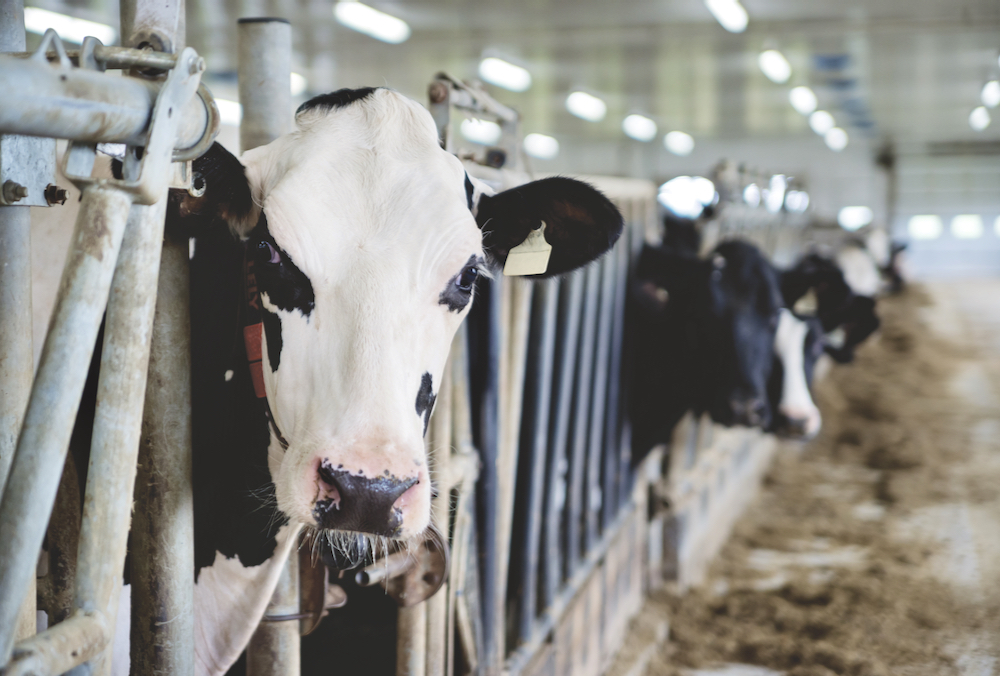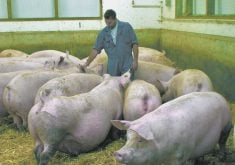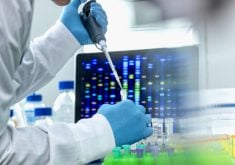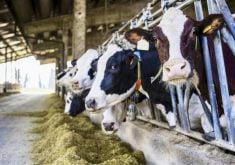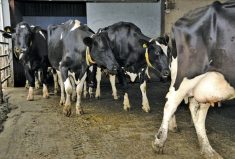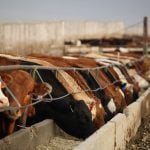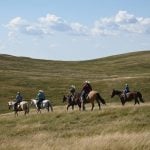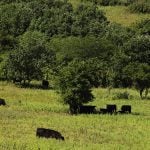Inbreeding was once perceived as a significant threat to long-term stability of Canada’s dairy industry, and the dairy genetics sector worked to successfully tackle the challenge in the first decade of the 2000s.
The advent of genomics over the next decade shifted the sector’s focus but at Lactanet Canada’s most recent Open Industry Session shows inbreeding is now resurfacing as a concern. So, the milk recording and dairy genetics testing organization is creating a tool for producers that will allow them to introduce more genetic diversity into their breeding programs.
Why it matters: The new tool being developed will help dairy producers make more robust breeding decisions.
Read Also
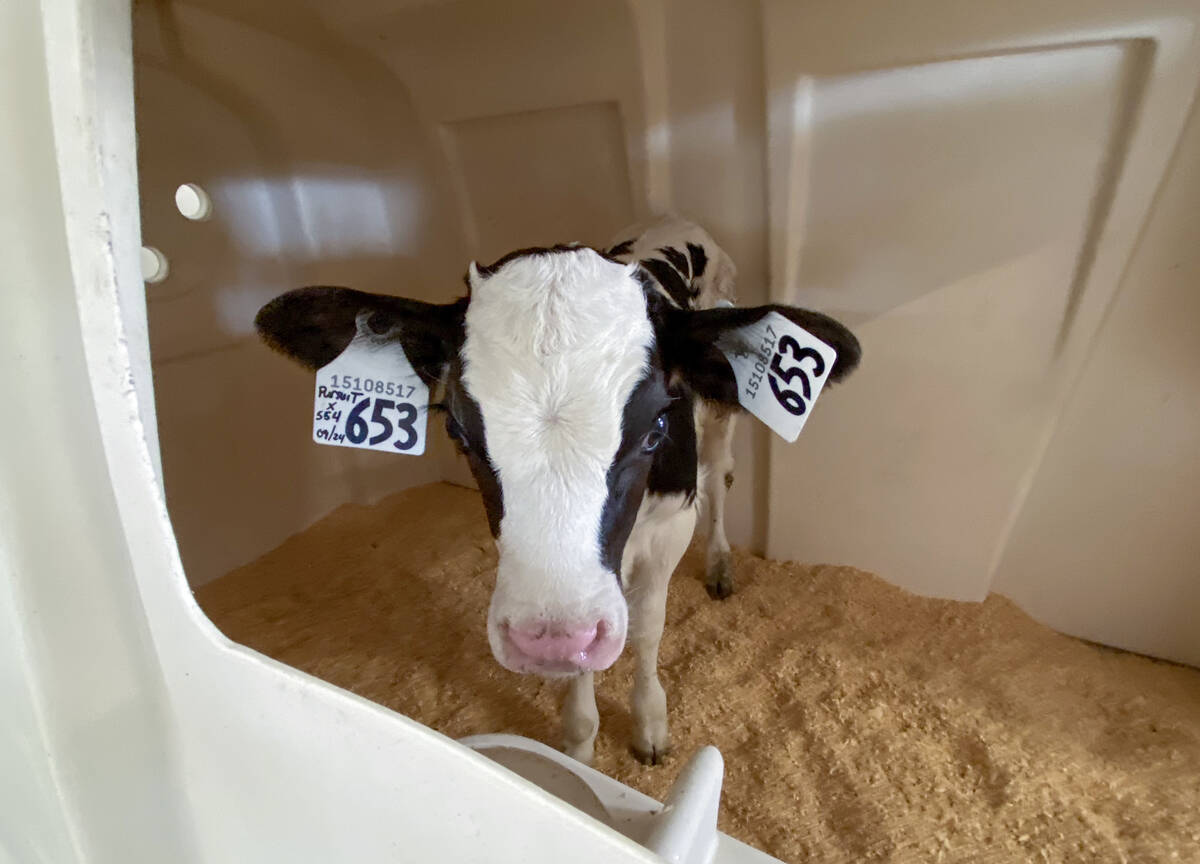
Lactanet turns methane expertise into business opportunity
Lactanet’s new fee-for-service breeding tool initiative to reduce greenhouse gas emissions in Canadian and Swiss Holstein herds will launch in April 2026.
In a presentation, Lactanet’s chief services officer Brian Van Doormal began his talk by noting that inbreeding, per se, isn’t necessarily bad. In both the genomic and pre-genomic eras, inbreeding was seen as an unavoidable outcome of selecting breeding partners generation by generation based on positive traits.
This can be either good or bad depending on how that trait interacts with other traits. In the early 2000s, it had become clear that inbreeding for certain production traits across Canada’s dairy sector led to negative effects in areas such as longevity and reproduction.
Genomics has enhanced the ability of breeding programs to mitigate these negative outcomes, but it certainly hasn’t eliminated the risk. And, as University of Guelph dairy genetics specialist Christine Baes advised following Van Doormal’s presentation, the industry should keep in mind the future ability of dairy breeds “to respond to new perturbations” such as climate change or the loss of certain feed options.
“It’s a lot more difficult a question than just doing an economic analysis” weighing production increases versus inbreeding effects, said Bales, the Canada Research Chair in Livestock Genomics, during the question-and-answer session.
Van Doormal says one challenge for producers is the difficulty in finding outcrossed bulls that are appropriate for their operation.
That’s partly because there has been little incentive for artificial insemination companies to research, obtain and stock semen from potential outcrosses. It’s a bit of a chicken-and-egg challenge that’s exacerbated, he noted, by the fact that “normally, those outcrossed bulls don’t tend to have good genetic offerings.”
Van Doormal said producers are aware that inbreeding can have negative effects but they generally aren’t interested in tackling it if it brings added complexity or costs to their breeding program.
Lactanet’s goal with the still-under-development tool is to provide a list of “diversity sires” or “diversity candidates” for dairy breeders. It will be offered through Compass, a genetics software program created through a partnership between Holstein Canada, Lactanet and the Canadian arm of the pharmaceutical company Zoetis. Van Doormal described Compass as the only publicly available tool in Canada that is based on the farm’s herd inventory.
Lactanet’s concept is to build into Compass a potential for each farm to create a section within its “My Bulls” list of five to 10 top “diversity candidates.” It’s hoped this will spur demand for AI companies to begin looking for possible options.
Phase 2 of Lactanet’s plan is to develop tools for AI companies to identify diversity sires as a value-added service to their clients.
“But right now, we’d like to attack (how farmers) make decisions on diversifying breeding.”
Van Doormal stressed the genetic diversity tool “is not going to eliminate the chance for genetic abnormalities.” He added that “measuring inbreeding and pedigree inbreeding” is probably not even the best way to tackle the risk of such abnormalities.




